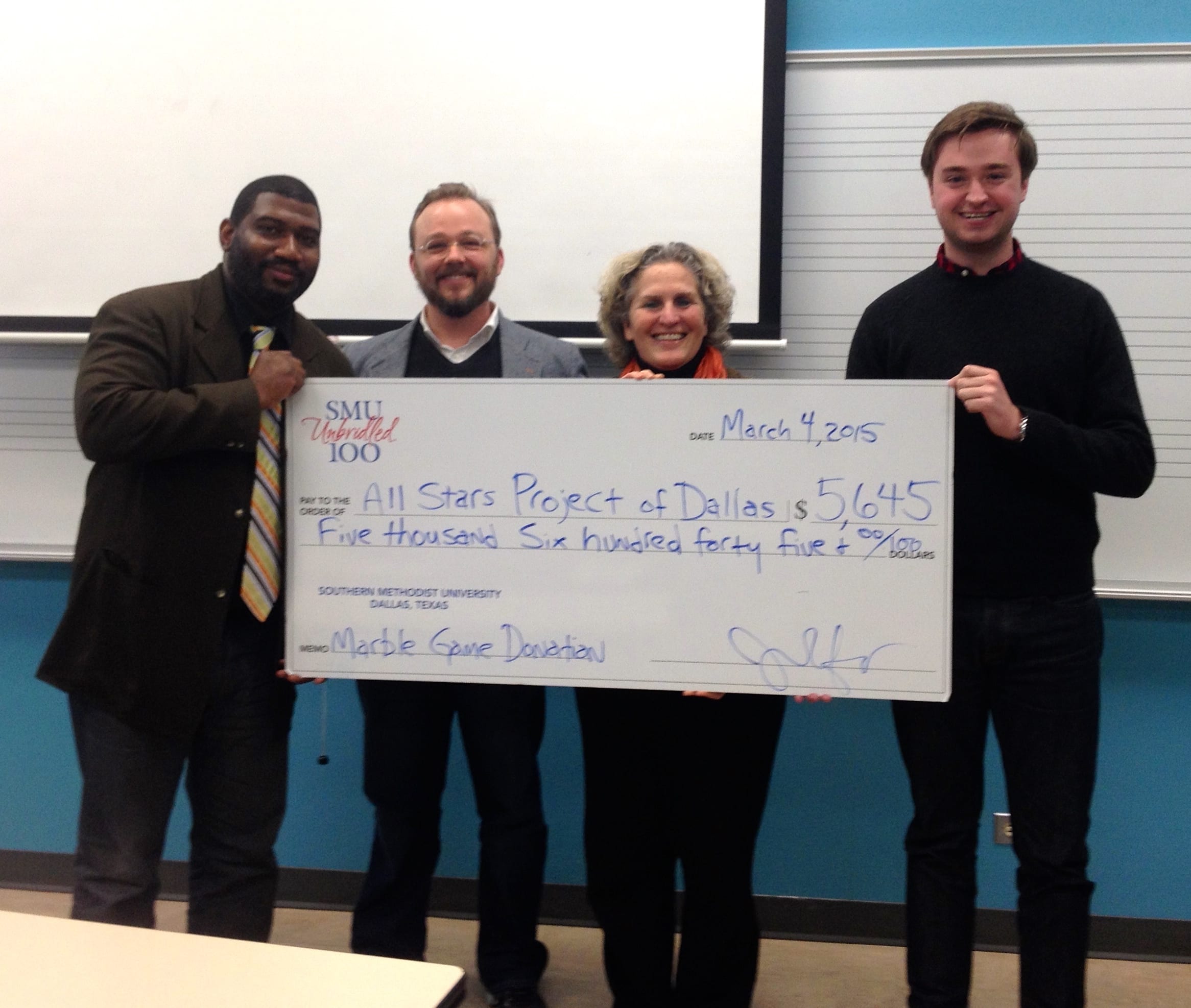Shannon Niehus is a local entrepreneur and artist and owner of Niehus Art Firm, LLC, as well as Archival Magazine. With Archival Magazine, she is currently developing a feature film presenting Russian Contemporary artist, Grisha Bruskin, along with a documentary series detailing the history of Iran since the 1979 revolution.
What role, if any, does a business plan play in building and launching an arts company?
Developing a business plan helps the entrepreneur construct a picture of what the company is, how it will function, and what is offered to sources of investment as an organized package which can be distributed at will. Before it can be used to attract investors, it is an exercise. The process of drafting a business plan allows the entrepreneur to see vulnerabilities, challenges, and other difficulties the company will face in its early days which forces the entrepreneur to make necessary adjustments to the plan until it proves to exhibit a successful operation. My investor, a graduate of SMU, explained to me that the entrepreneurs who succeed are the ones who constantly change and update their business plans.
Did you find the concept of developing a business plan valuable in your experience of planning your arts company? If yes, in what ways?
Developing a business plan is valuable to the entrepreneur if it allows that company to improve its functioning first and foremost before attracting investors. I had to look at several business models, take the most productive elements of these, and create a business plan that showed how these elements could function more effectively together in my company. This process has been the most valuable experience in developing my business plan.
I wanted to offer services which museums perform internally in the management of their permanent collections to private and corporate collectors. This involves acquisitions, de-accessioning, curatorial work, archiving, and other important services which can increase the value of the collection and also improve its sell-ability.
As the company became responsible for more and more historical information, I began creating a publishing platform that could be utilized to maintain, organize, and distribute some of this information editorially to our advantage. This media entity was quickly born from the acquisitions firm. Again, I had to borrow from different models. Print is not as consumable as film and television, so the new media entity began to work in digital video based content. We are about to launch our first documentary feature film about an artist born in the Soviet Union while detailing the rise and fall of the Soviet empire. This project originated from a private art collection pertaining to the Cold War. The media entity was not a part of the business plan for the acquisitions firm, but became a necessary venture for a new complimentary entity.
What do you believe are necessary qualities, if there are any, for arts entrepreneurs to possess or develop?
Arts entrepreneurs need to see and experience the art world internationally. This means travel, cultural exchange, working in multilingual environments, and much more. As my company grows, I am finding that I need to hire people who can speak multiple languages and thrive internationally.
What was the most difficult part of planning and developing your arts company? How did you overcome this difficulty?
The most challenging obstacle may also be the most rewarding. Breaking into digital media from acquisitions has presented numerous challenges, yet being able to embrace adaptation has allowed for growth and further achievement.
How long did it take to plan, develop, and officially establish your arts company?
The acquisitions firm took about 6 months to establish as a service company earning revenue from billable hours and commissions with small projects and very little overhead. While the acquisitions firm continues to grow, the digital content provider is getting ready to launch.
Starting out, what would you say is the best method in marketing an arts company and its services and/or product?
Since I work with many museums and universities internationally, these strategic alliances help to displace apprehension about the arts in some demographics with confidence which can then be utilized in marketing to provide a competitive edge. Find something about the business that drives its competitive edge, and deliver that message exactly where your market exists using a form that is most likely to be searched for and accepted.
What tools did you find most useful in the initial planning and development of your arts company and why?
The most useful tools have been the people around me who have shared their technical expertise and wisdom with me from established industries and emerging. They usually have over 30 years of experience: a few have run museums; some have worked in finance; some have created new technologies; some are serial entrepreneurs who have failed more often than succeeded but succeeded enough to continue blazing new trails. I try to learn from failures as much as successes.
What was the best advice you received when planning and developing your arts company?
Get others to help you, and make use of every advantage possible.
What three pieces of advice would you give aspiring arts entrepreneurs about planning?
1. Plan to work with people who will teach you. 2. Plan to choose projects that require you to travel and grow. 3. Plan to adapt the company to changing environments by working in an offensive manner instead of a defensive manner.
Do you give permission to release the following content of this interview to be published online on Southern Methodist University’s website?
Yes
Interview by Amanda Barnes





Very nice Interview Amanda,
Your questions are “to the point” and I must admit that the responses are very complete.
Very good tips were given by Shannon to start an Art company and the subject she is working on is extremely interesting (History of Iran since 1979).
I had the pleasure to travel in Tehran, and the monuments I visited not only are very beautiful, but also full of historical and cultural information!
I really liked the part with the 3 advises Shannon provided, very useful and modern!
thank you. that was great interview